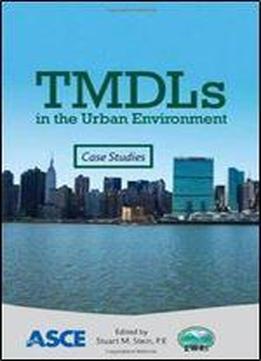
Tmdls In The Urban Environment : Case Studies
by Stuart M. Stein /
2018 / English / PDF
6.9 MB Download
The Environmental Protection Agency estimates that more than 40% of our assessed waters still do not meet the water quality standards that states, territories, and authorized tribes have set for them. These waters include approximately 300,000 miles of rivers and shorelines. It includes approximately 5 million acres of lakes polluted mostly by sediments, excess nutrients, and harmful microorganisms. At least 218 million people like within 10 miles of these impaired waters. TMDL (Total Maximum Daily Load) is defined by the EPA as, ''a calculation of the maximum amount of a pollutant that a body of water can receive and still meet water quality standards, and an allocation of that amount to the pollutant's sources.'' TMDLs in the Urban Environment contains a variety of urban TMDL case studies that have been accepted by the appropriate state regulatory bodies. These TMDLs are examples of acceptable modelling, acceptable pollutant allocations, and in some cases, acceptable implementation plans. ASCE's Task Committee for Urban TMDLs presents this book to inform stakeholders of the expectations of permitting agencies, and to compel the best management practices and policy actions to meet these TMDL's











